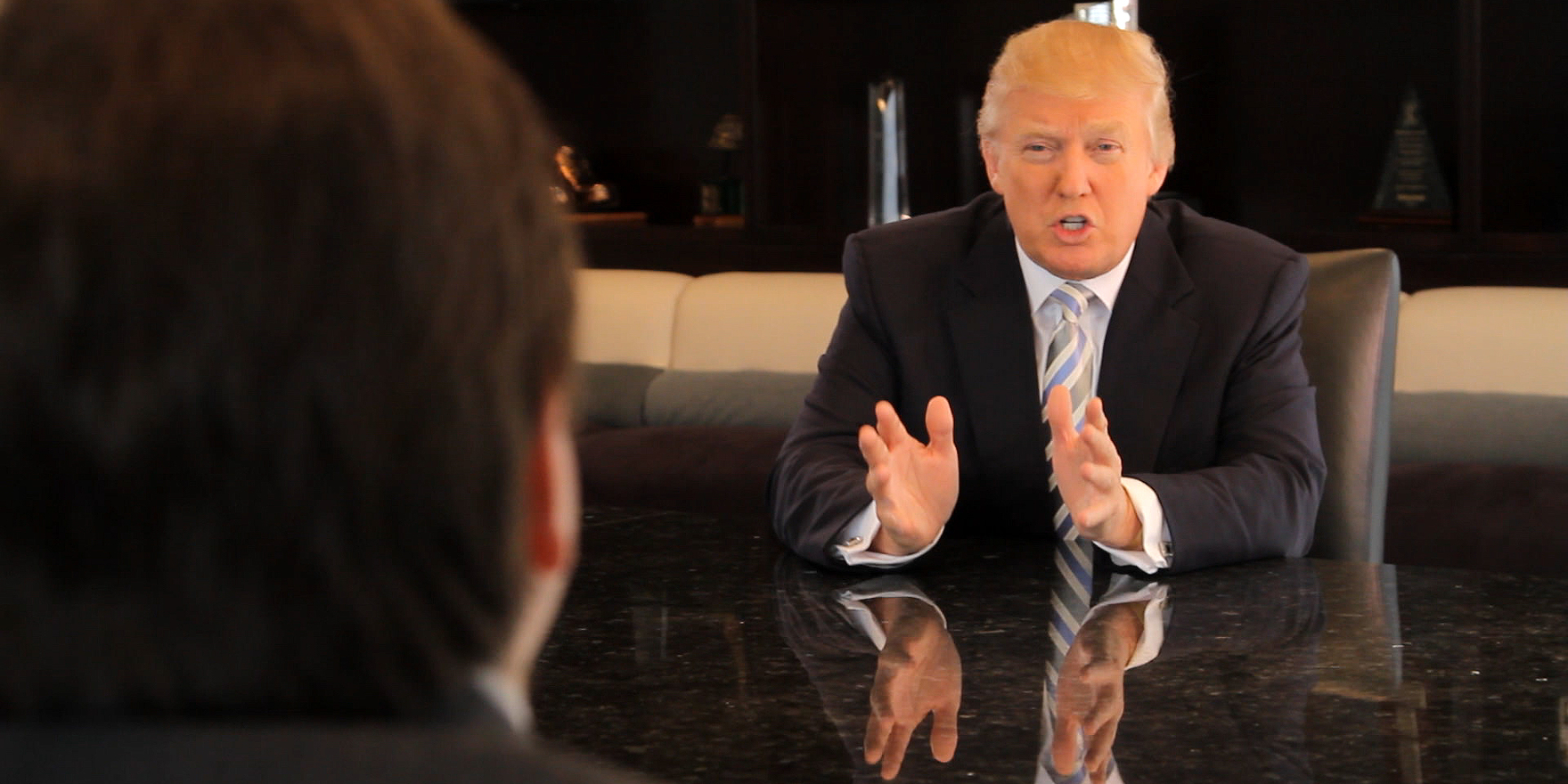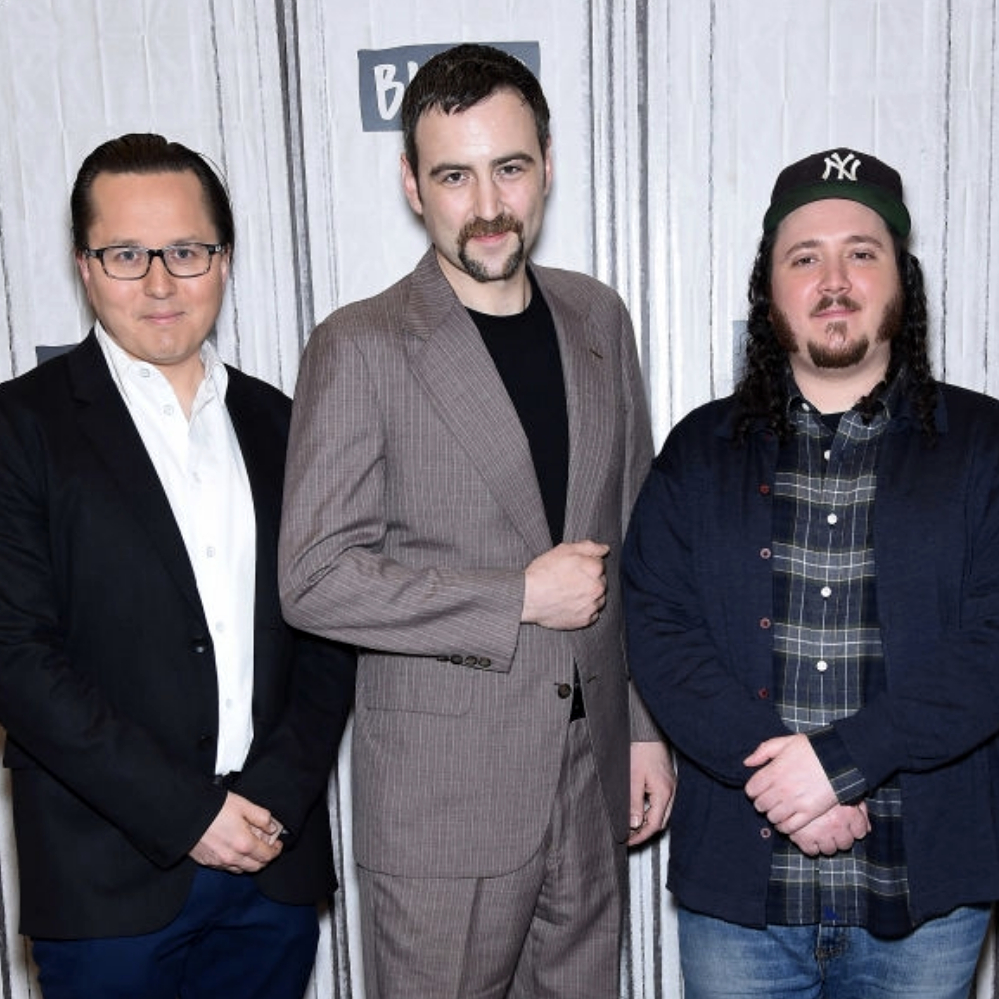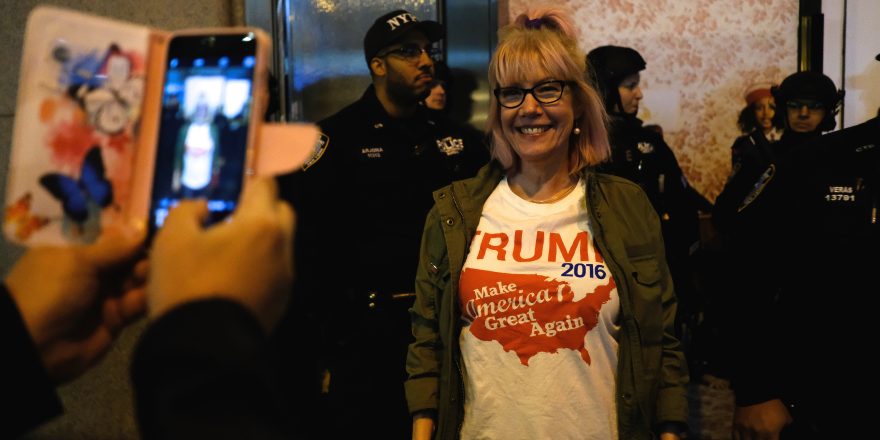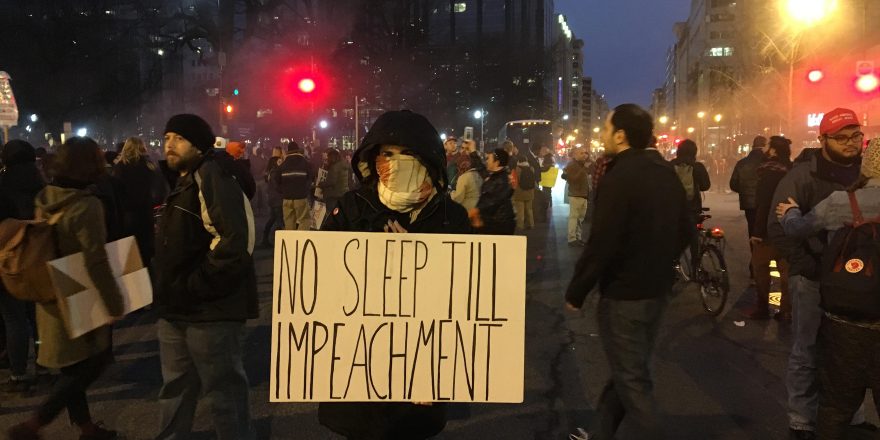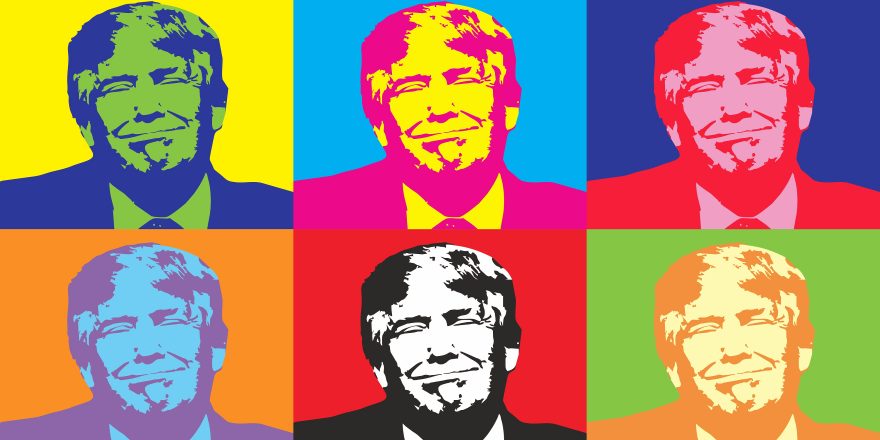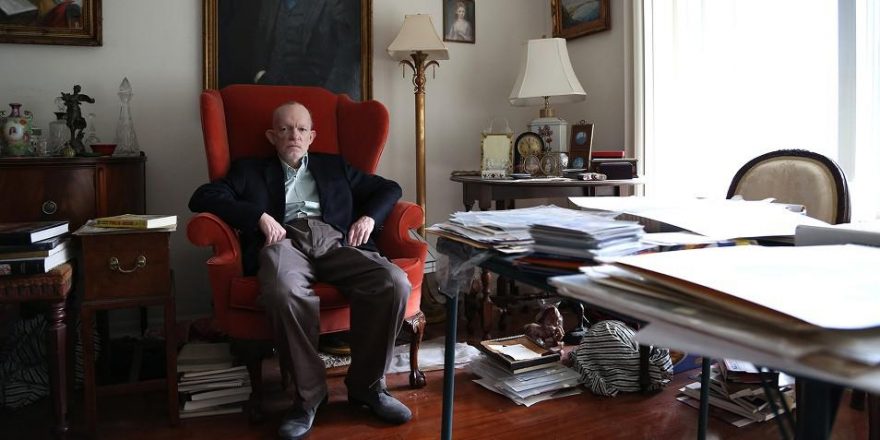Every indie film producer knows that it takes daily ingenuity and guile to overcome all of the obstacles that arise on set. But keeping a front-row seat for the Trump campaign throughout the 2016 election cycle while making our documentary Get Me Roger Stone posed enormous challenges even for our experienced team.
It’s no secret that Donald Trump is hostile toward all but the most pliant of media outlets and though that tendency has worsened during his presidency, his campaign was certainly no picnic to cover. We tried to present our production to the campaign as innocuous, but Trump himself already regarded our film as suspicious.
Prior to the start of the campaign we had interviewed Trump on camera about his close four-decades-long relationship with his political advisor and former lobbyist Roger Stone. It had taken us eight rounds of back-and-forths with Trump’s phalanx of lawyers to finally get his appearance release signed and a sit-down approved at Trump Tower. At the conclusion of the chilly interview, Trump quickly pulled off the body mic and hastened out of the room, looking perturbed. Stone would later recount to us that Trump called him immediately after the shoot. “You should watch out for these guys,” Trump told Stone. “I don’t think they have your best interests in mind.”
In addition to our film clearly not being a fawning portrait, an even bigger hurdle we faced was that we were a non-traditional journalistic endeavor. When we contacted the campaign for credentialing to events, identifying ourselves as a documentary crew — but cautious not to reveal which film we were working on, in case we had a scarlet letter affixed to us in Trump World — we were immediately rejected. Even the distinction of our film being a Netflix Original documentary couldn’t secure us media passes.
So we had to resort to more creative methods of getting into the room. Fortunately, there were several well-established media outlets that were sympathetic to our predicament and allowed us to use their names to obtain credentials. But their kindness only got us so far. We often struggled with not having enough passes for even a skeletal crew or being confined to a press area that was inadequate for our purposes.
Often we overcame our limitations simply by confidently projecting the appearance that we had permission to film as we wanted. Our producers had learned from their prior work the surprising power of credibly designed badges with the crewmember’s photo and the word “PRESS” printed in large, assertive letters. These passes are not sanctioned by an official entity, but are surprisingly legitimate anyway. For the most part, the few gatekeepers that even bothered to eye them were sufficiently persuaded by our homemade lanyards to let us pass.
While this tactic worked like a charm in most circumstances, it clearly wasn’t going to be effective enough to gain us access to the Quicken Loans Arena, site of the 2016 Republican National Convention. The arena had been transformed into a fortress, ringed with a security perimeter, and guarded by the Secret Service.
We had come to Cleveland with a 15-person crew, but through our friendly media connections we had only been able to line up three all-access badges. That was enough to get us a director, cameraman and sound recorder into the arena, but the challenge of filming such a large event – with all its fanfare and numerous participants – while trying to set up interviews and get releases signed, was overwhelming. At bare minimum, we needed a producer on hand as well.
One of our producers devised a strategy to save us: “the clipboard trick.”
Essentially, the trick entails holding a clipboard to your chest where your badge would be and looking as official as possible. The idea is if you appear like you’re supposed to be there, no one will question you.
The agents pulled her into an empty hallway in the arena and interrogated her. “Are you a part of Occupy?” they questioned. “Do you have any interest in assassins? Do you have any formal martial arts training? Are you married? What does your husband do?”Much to our amazement, this simple ruse proved successful. Until it didn’t.
After breezing through the security checkpoints on multiple occasions, our producer — we’ll call her “Janet,” to protect her identity — was stopped by a volunteer, who asked to see her credentials. When it became clear that Janet didn’t have the requisite badge, Secret Service quickly swooped in and detained her.
The agents pulled her into an empty hallway in the arena and interrogated her. “Are you a part of Occupy?” they questioned. “Do you have any interest in assassins? Do you have any formal martial arts training? Are you married? What does your husband do?”
To be fair, no one could accuse these agents of profiling. Though Janet is fierce when it comes to doing her job as a producer, physically she is likely the last person one would mistake for Travis Bickle.
Rather than freaking out, Janet endured her apprehension with a cool head, making sure to be as cooperative and good humored as possible.
“My husband is in a band,” she responded. “They’re really good. You should check them out!”
Secret Service agents aren’t smilers as a rule, and Janet’s attempt to charm them fell flat. They recorded as much information as they could extract, including the contact numbers of every key person in the production. Finally, they let her go.
For the rest of the Convention, we had to make do without a producer in the arena, which ultimately worked out fine as we were still able to get a lot of incredible footage of the historic event.
In the end, Janet escaped scot-free with a great story to recount to her friends and fellow filmmakers. At least, that’s how it seemed at the time.
A month later, Get Me Roger Stone co-director Morgan Pehme received a call from an unlisted Washington D.C. number. It turned out to be from a Secret Service agent.
The agent was calling to corroborate Janet’s responses. “Does she possess any weapons? Is she a dangerous person? Is she a threat to America?”
While these questions were unnerving, the agent’s manner was not. In fact, soon the agent steered the conversation to our movie. He seemed genuinely interested in the subject matter and psyched to be speaking to a real-life filmmaker. We discussed the documentary in far greater depth than was necessary for him to elucidate that our production wasn’t an elaborate cover for a sleeper cell. The call ended with him asking cheerily when it would be released on Netflix.
We hope that was the end of Janet’s ordeal, but we can’t be certain. Soon after the call, Janet’s husband was stopped at the border to Canada on a road trip with his bandmates and detained overnight before being released without explanation. We have since wondered if the two events were related.
It’s likely we’ll never know. But what we do know is that our film might be of continued interest to the Feds nonetheless, since we interviewed Roger Stone, Paul Manafort, Michael Caputo, and, of course, Donald Trump — all figures caught up in the investigation into whether the Trump campaign conspired with the Russian government.
That being said, we have yet to be contacted by either the special counsel’s office or any of the congressional committees probing the so-called Russian collusion scandal. Because as great as our access was to key figures in the Trump campaign, we suspect Robert Mueller’s right now is even greater.


